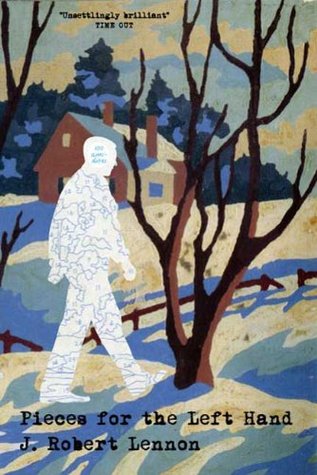More on this book
Kindle Notes & Highlights
At first the man was heartbroken, but since there was nothing he could do he gave up thinking about it and concentrated on his new life, which was neither better nor worse than the one he had left behind.
In my second year of high school, I attempted, along with two other boys, to drive mad a fourth boy, L., who was the shyest and most awkward member of our small group of social outcasts. The three of us called ourselves the ITO, or Independent Terrorists’ Organization, and tortured L. in a variety of ways, including the mailing of anonymous threats, the vandalizing of his car, the dedication to him of hit songs on the local FM radio station, and all manner of obscene and disruptive telephone calls. We invited him to meet us in the middle of a park, arrived early, deposited at the meeting place
...more
This highlight has been truncated due to consecutive passage length restrictions.
Days later we wondered why we had given nothing to the artist, whose performance had enlightened and amused us, while to the false nuns we had handed over four dollars. The only explanation we could come up with was that the nuns had asked for the money and the artist had not.
Her doctoral dissertation was to have been on the “saturation hypothesis,” a theory of her own devising which held that every word in a work of literature, far from having one or two most likely meanings, meant everything that any reader could make of it, and that each supposed meaning was of equal value to all others. This theory, she said, dovetailed with other current literary theories that gave more power to critics and less to writers, who tended to write with finite intentions.


